Explore the Best AI Image Gallery

Blockchain in Finance: Redefining Creativitys Landscape
The intersection of finance and technology has always been a fertile ground for innovation. Today, blockchain technology stands as a powerful force reshaping various sectors, including the creative industry. While often associated with cryptocurrencies, blockchains potential extends far beyond digital currencies, offering exciting possibilities for artists, musicians, writers, and creators of all kinds.
Potential Uses in the Creative Industry
- Copyright Protection and Ownership: Blockchain provides an immutable ledger to record ownership and provenance of creative works. This can help artists demonstrate their rightful claims to their creations, combatting piracy and ensuring fair compensation.
- Direct Fan Funding and Royalties: Blockchain enables creators to connect directly with their fans, bypassing traditional intermediaries like record labels or publishers. Smart contracts can automate royalty payments, ensuring that artists receive fair compensation for their work every time it is sold or streamed.
- NFT-Based Art and Collectibles: Non-fungible tokens (NFTs) have emerged as a revolutionary way to tokenize digital art and collectibles. Blockchain ensures the authenticity and scarcity of these assets, creating new avenues for artists to monetize their work and build dedicated communities around it.
- Decentralized Marketplaces: Blockchain-based platforms can facilitate peer-to-peer transactions between creators and buyers, reducing reliance on centralized marketplaces. This fosters greater transparency, reduces fees, and empowers creators to control their own distribution channels.
Ethical Considerations
While blockchain offers immense potential for the creative industry, its essential to address ethical considerations:
- Digital Divide: Access to blockchain technology and its benefits may not be equitable, potentially widening the gap between established creators and emerging artists.
- Data Privacy and Security: Blockchain transactions are transparent and traceable, raising concerns about artist data privacy. Robust security measures and anonymization techniques are crucial to protect sensitive information.
- Intellectual Property Rights: While blockchain can help establish ownership, its important to ensure that existing copyright laws and intellectual property regulations are adequately addressed in the context of blockchain technology.
Future Trends
The convergence of blockchain and the creative industry is still in its early stages, but several exciting trends are emerging:
- Immersive Experiences: Blockchain can power immersive experiences like virtual reality (VR) and augmented reality (AR), enabling artists to create interactive and engaging artworks that transcend traditional boundaries.
- Decentralized Autonomous Organizations (DAOs): DAOs can empower creators to collaborate, share resources, and govern their own communities on a decentralized platform, fostering greater autonomy and transparency.
- AI Integration: Combining blockchain with artificial intelligence can lead to innovative applications like AI-powered art generation, personalized creative experiences, and automated copyright management.
Conclusion
Blockchain technology is poised to revolutionize the creative industry, offering unprecedented opportunities for artists, musicians, writers, and creators of all kinds. By embracing its potential while navigating ethical considerations, we can unlock a future where creativity flourishes in a more transparent, equitable, and innovative ecosystem.

](https://images.ai-img.art/thumbnails/150/60973df1d727dbbf8e6922b7e4836814ab6012106eb9dcfe99aea7aec15f3710.webp)
](https://images.ai-img.art/thumbnails/150/655229c40961cb7ff5abd4b4190e02c94ea1a961106e7547a562649c945268be.webp)

](https://images.ai-img.art/thumbnails/150/26c16e4f635deee86633de398088ca98d9bb748d6e7601436b07e882fab236cb.webp)
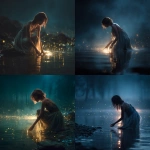
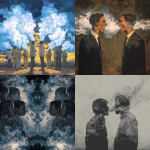



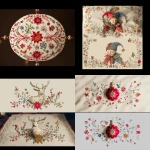






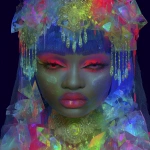

](https://images.ai-img.art/thumbnails/150/184b4b030e30be0a6d51b544226cb4cf2271977814d935d3aaa2b7529355b3b7.webp)

](https://images.ai-img.art/thumbnails/150/e6a179db327f0374ec327d0fdab48ac1f2dc47123eed103b0a41ed346280d07d.webp)
](https://images.ai-img.art/thumbnails/150/6c909fd6d38caac6572b592dd97831deb7d6562bba142798574677582676dfc1.webp)

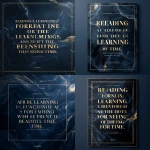
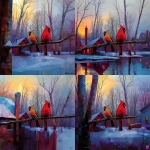
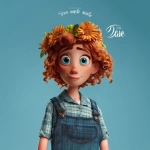


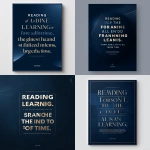
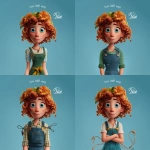
](https://images.ai-img.art/thumbnails/150/1202074d0d60b08b64d0f91f36468608aaac200a02b721cc8e6d8ec8a908432c.webp)

















